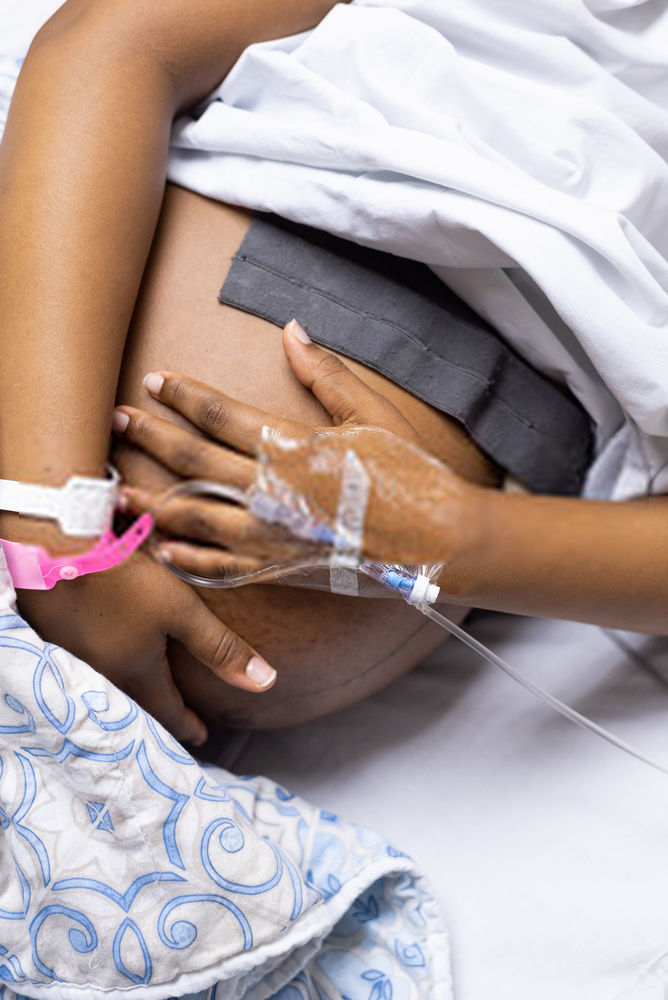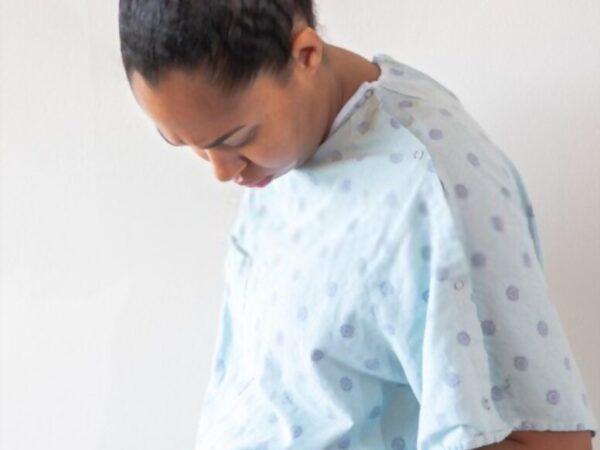
Postpartum Hemorrhage is bleeding with a loss of more than 500ml of blood after the birth of a child. It is a leading cause of maternal mortality. Primary postpartum hemorrhage happens within 24hours after delivery while secondary happens 24hours after delivery and can be caused by improper uterus contraction, urine infection or retained placenta tissue. To prevent hemorrhage, we encourage patients to share vital information during antenatal sessions with the doctor, the use of medication against anaemia, routine scans and other ANC investigations.
Episiotomy is the surgical cut made at the opening of the vagina during vaginal delivery to make enough room for the baby and avoid tears. While we do not advise the use of a sitz bath, if you must use warm, not hot water. Also, sit on hard, not soft surfaces and avoid constipation. Taking water, fruits and roughages will ease bowel movement so you do not strain. Watch Chief Matron, Adenike Adesina discuss the types, causes and prevention of Postpartum Hemorrhage, as well as care of the Episiotomy site below.
Every form of delivery is normal, whether a spontaneous vaginal delivery, assisted vaginal delivery or Caesarean section. Caesarean section (CS) is a surgical delivery of a baby through an incision in the mother’s abdomen and uterus. Some pointers that a Caesarean section is necessary are; a baby in breech or transverse position, signs of baby or mother distress, previous Caesarean deliveries, examination of the birth passage as being inadequate to receive the baby, a large baby, unusual placenta position or twin fetus.
In the case of a Caesarean section, the patient will be given pre-operation information by the hospital to prepare and secure necessary approvals. Blood samples will be taken and the patient will be required not to eat for a certain period before the surgery. We always advise that mothers keep their nails short and hair minimal when coming in for delivery. Matron Adenike Adesina talks about the reasons and indications for CS delivery, preparations ahead of the operation, and care of the mother and baby after delivery below.
Follow us on Facebook, Instagram, LinkedIn to join our social media community and be a part of discussions.



